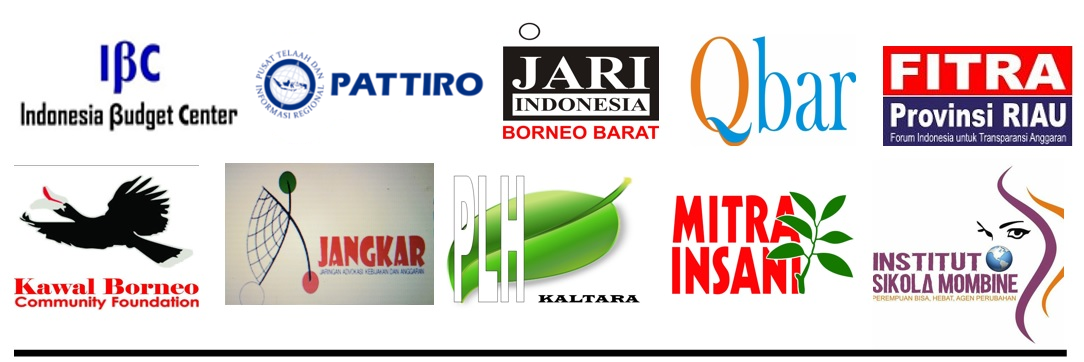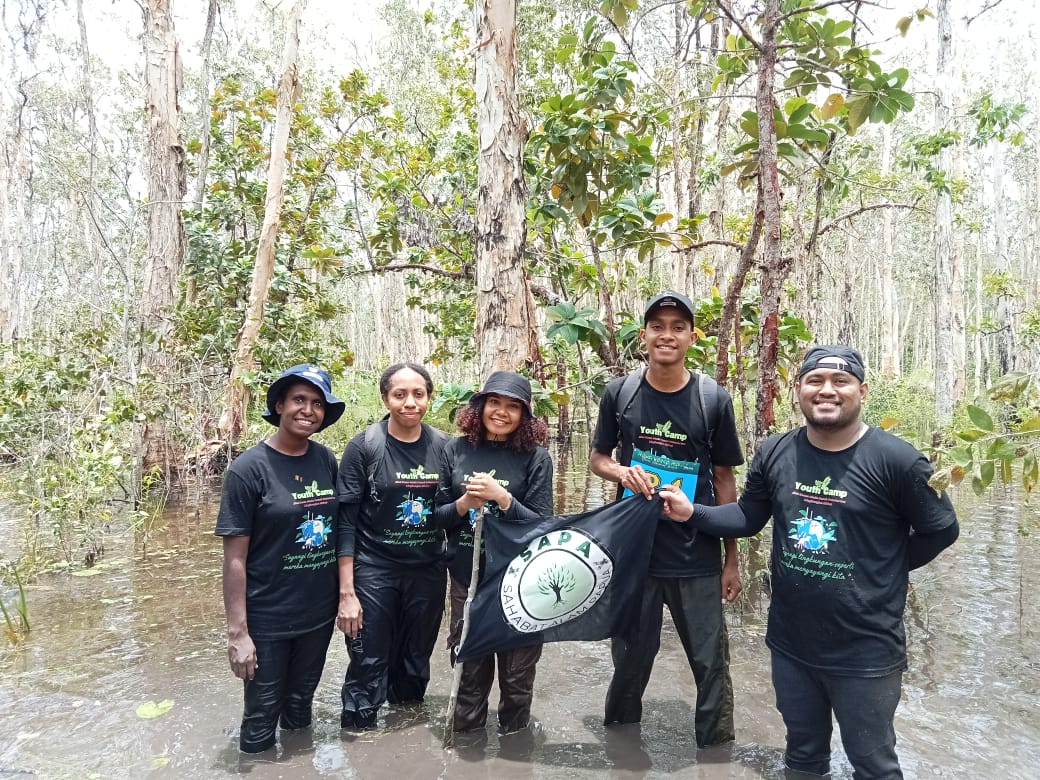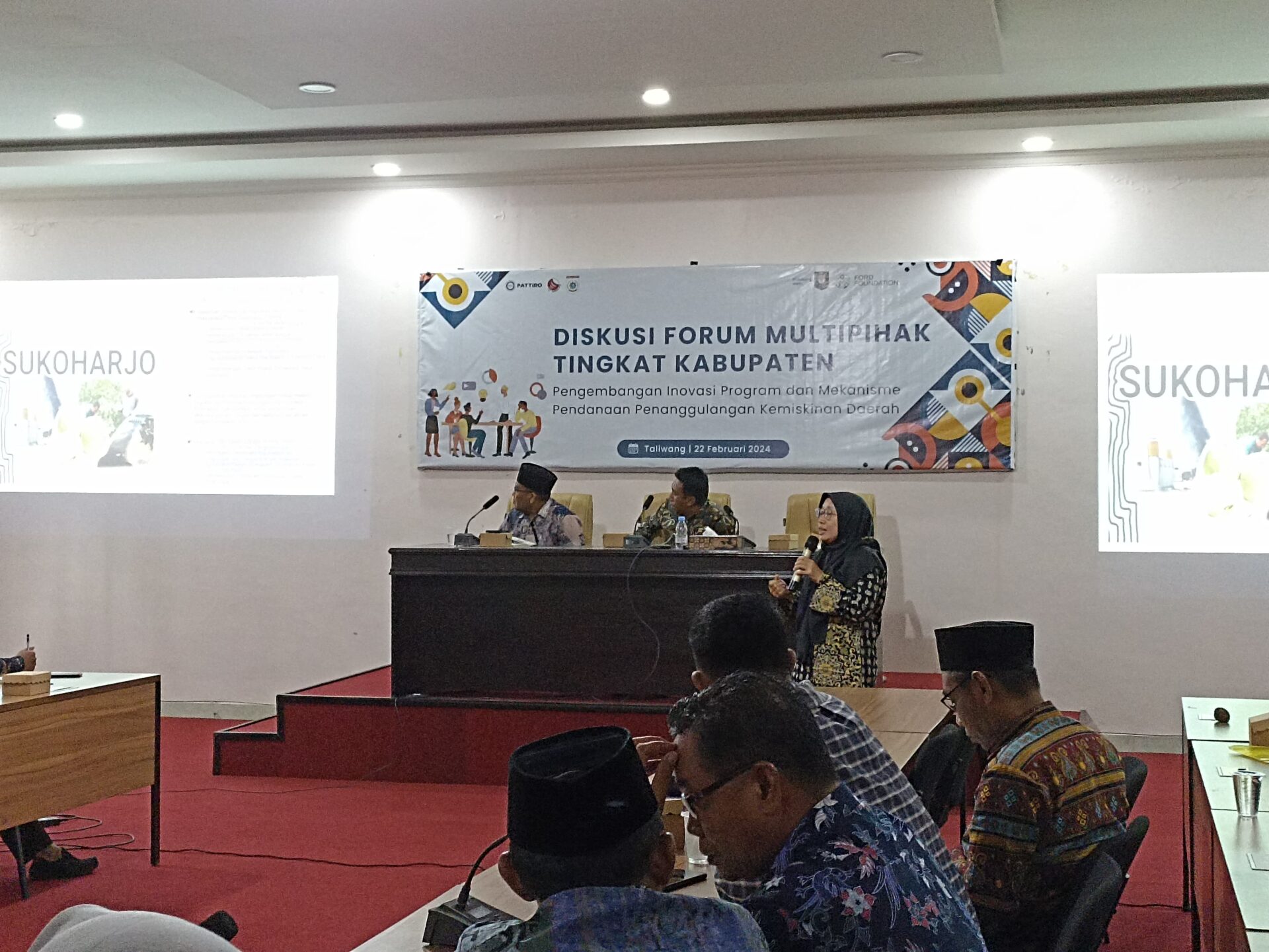PRESS RELEASE
OF
THE DBR DR OPTIMIZATION COALITION
Jakarta, January 14, 2018
2018 Forest and Land Sector Budget Policy Outlook
“Social Forestry realization has only reached 6%, KLHK needs a new breakthrough in 2018”
In the five years of President Jokowi’s administration, the Government has targeted that social forestry reaches an area of 12.7 million ha. Unfortunately, entering the third year, only 6% of the target has been realized. In order that the target of 12.7 million ha be achieved in 2019, the Ministry of Environment and Forestry (KLHK) needs to pursue the remaining 94% in the next two years.
The DBH DR Optimization Coalition, consisting of several institutions, namely Indonesia Budget Center (IBC), PATTIRO, Q-BAR, FITRA Riau Province, JARI Indonesia West Borneo, Kawal Borneo Community Foundation, JANGKAR, PLH KALTARA, MITRA INSANI and Institut Sikola Mombine, views that KLHK has made a breakthrough in 2018, namely by increasing the budget for social forestry by 152%. “This amount means that the budget allocation for the preparation of social forestry areas in 2018 increased by 242% compared to the 2017 budget,” said Roy Salam from the Indonesia Budget Center.
However, the Coalition reminded KLHK to be more diligent in pursuing the target of 12.7 million ha. “For 2018 and 2019, we hope that the Ministry of Environment and Forestry will also make other breakthroughs, especially making efforts to create synergy with other programs/activities, both internally at the Ministry of Environment and Forestry and with other Ministries. Synergy between the Directorate General of Social Forestry and Environmental Partnerships (Directorate General of PSKL) which is responsible for achieving the target of 12.7 million ha of social forestry with the Directorate General of Watershed Control and Protection Forests (Ditjen PDASHL) which is responsible for achieving forest and land rehabilitation performance,” added Maya Rostanty from PATTIRO.
Another coalition member, Bejo Untung, explained that if there is to be an acceleration in performance achievement, synergy between the two Directorate Generals is absolutely necessary, considering that there is a very close relationship between forest and land rehabilitation and social forestry. Rehabilitation of forests and critical land will be successful if there is involvement from the community, where currently the Directorate General of PSKL has the responsibility to empower communities in managing forests. If this synergy can occur, then the Directorate General of PDASHL will also be assisted in achieving the target of forest and critical land rehabilitation of 5.5 million ha as targeted in the 2015-2019 RPJMN.
“It should be noted that the annual achievement of forest and land rehabilitation is minuscule, including when compared to the achievements in the SBY era, where in 2012 the realization of forest and land rehabilitation was 509,523 ha, in 2013 664,047 ha and in 2014 486,858 ha. The Coalition noted that the 2016 Performance Report of the Directorate General of PDASHL stated that the program’s target was “to increase forest cover in protected forests and land” with a performance indicator of “the area of protected forest and land cover increasing every year”. The performance achievement is claimed to be successful because the realization of 64,774 ha is higher than the target of 38,000 ha. Therefore, it is observed here regarding the narrative of the performance indicator “the area of protected forest and land cover increases every year”, does it mean that the Directorate General of PDASHL only carries out rehabilitation in protected forests. If yes, then who is responsible for achieving the target of reducing 5.5 million critical lands?” added another coalition member, Maya Rostanty.
In addition, KLHK needs to increase synergy with the Ministry of Villages, and regional governments. Data compiled by the Coalition from 15 provinces show low budget allocations for social forestry (an average of only 1.5% or IDR 800 million from Forestry Affairs Expenditures) and forest and land rehabilitation (an average of only 9.4% or IDR 13 7 billion from Forestry Affairs Expenditures). In order to increase the budget allocation for social forestry and forest and land rehabilitation, the Ministry of Villages needs to be partnered with in order to optimize the Village Fund. Meanwhile, the regional governments need to be invited to work together to optimize the DBH DR managed by the provinces (starting in 2017) as well as the residual DBH DR up to 2016, which remain in the accounts of districts/cities which amount to around 6.8 trillion.” To accelerate the use of DBH DR, the Coalition appreciates the issuance of PMK No 230/PMK.07/2017 concerning Use, Monitoring and Evaluation of Revenue Sharing Funds Natural Resources Forestry Reforestation Fund, which is a revision of PMK No 126/PMK.07/2007. This PMK is a response to complaints from local governments who found difficulties in using DBH DR because the rules were considered too rigid,” added Ahmad Taufik.
As for the prevention and handling of Forest and Land Fires, the performance of the Ministry of Environment and Forestry is very good, as evidenced by the significant decrease in the number of hotspots by 99% in 2017, compared to 2015 and 2016. However, the government should not be negligent. Efforts to prevent forest and land fires systematically need to be implemented continuously in 2018.
Civil Society Coalition
Indonesia Budget Center (IBC), Center for Regional Research and Information (PATTIRO Jakarta), FITRA Riau, JARI West Borneo, Perkumpulan Lintas Hijau (PLH Kaltara), Kawal Borneo Community Foundation (KBCF Kaltim), KARSA Central Sulawesi, Sikola Mombine Central Sulawesi, Network Advocacy and Policy Budget (Jangkar West Papua), West Sumatra QBAR, Mitra Insani Foundation.
Contact Person:
Roy Salam (081341670121)
Maya Rostanty (081210723029)






